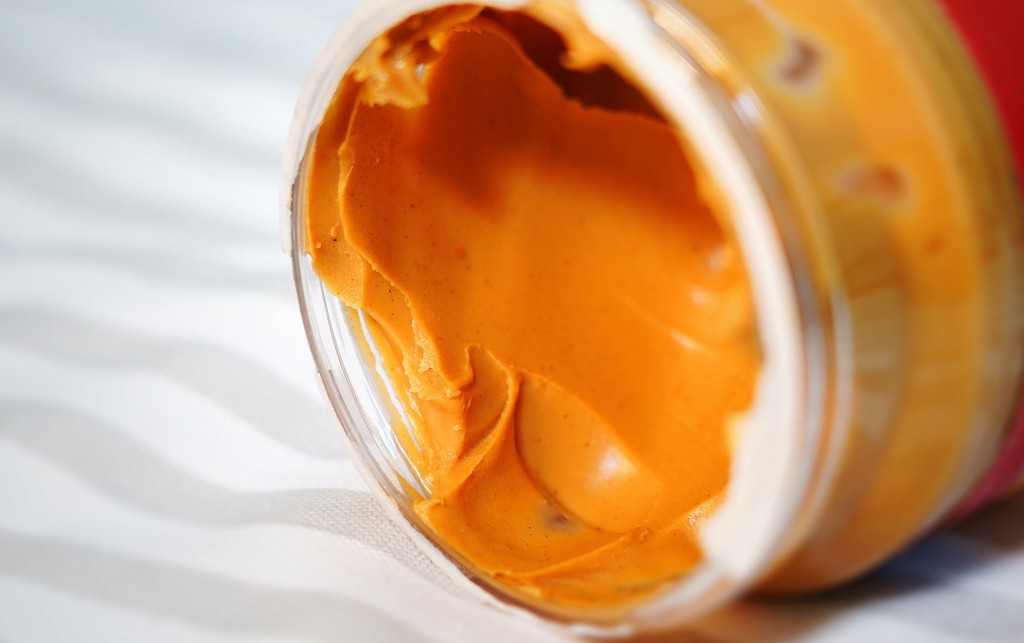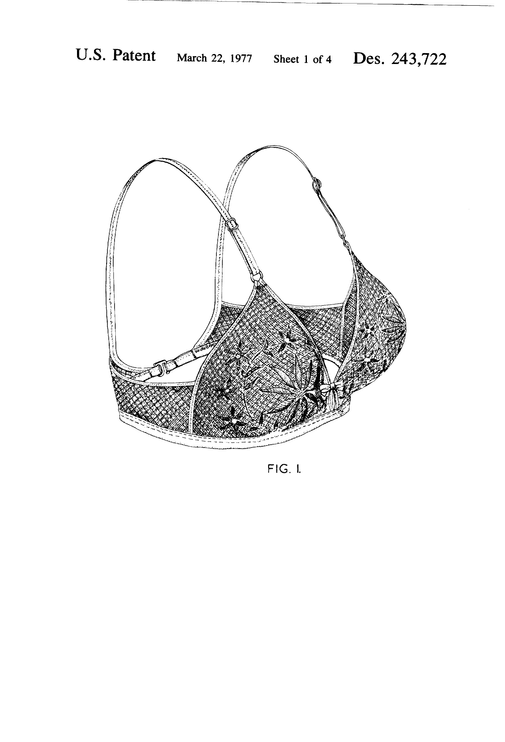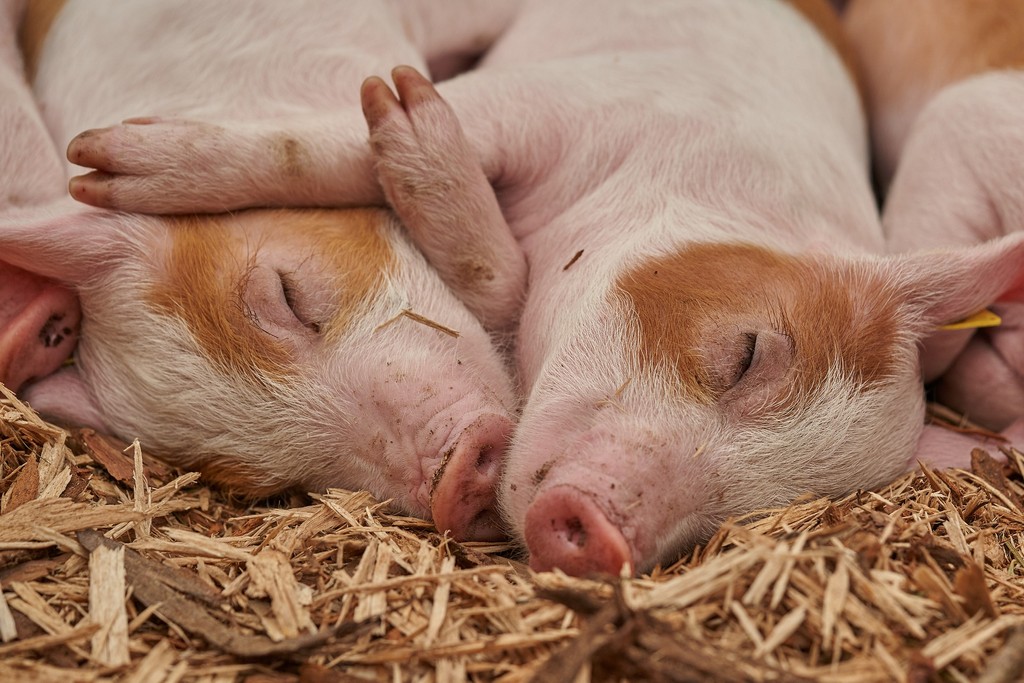Montreal City, Quebec Province, southeastern Canada. Montreal is Canada’s second-most populous city and the capital of Quebec. This city has seen many inventions, some of which you eat every day if not more frequently, especially peanut butter lovers.
In the Parliament Buildings, the Province of Lower Canada issued the first patent of invention. It was granted for a washing- and filling machine to Noah Cushing of Quebec in 1824. Since then many patents have been filled for numerous inventions by inventors from Montreal.
McGill University, Research and Innovation Center
Innovation + Partnerships at McGill University works with inventors and researchers. They offer tailored support and consultation to researchers on all matters relating to the commercialization and development of research. You can contact their team to arrange a meeting to discuss how your research can benefit society, the economy, and the environment.
I+P increases the potential for synergies within McGill’s research community and with industry partners through:
- Negotiate research agreements that protect academic freedom.
- Assist in funding IP protection when necessary to open up opportunities for investment and technology development.
- Examine reported inventions to determine patentability and potential commercial value.
- Guide researchers to ensure compliance with regulations.
- When interacting with industry, represent McGill’s research community.
- To attract investments and partnerships, promote McGill technology and expertise.
- To bring together expertise and resources, connect internal and external stakeholders.
- Applications for support grant with industrial components
Canadian Innovation Centre
Canadian Innovation Centre is another resourse for inventors and enterprenuers in Montreal. The Canadian Innovation Centre offers many time-tested education programs and training programs. They also offer corporate workshops and customized training programs.
You can also download and view a large library of free resources, such as whitepapers, articles, and presentations.They also offer live webinars and workshops that include both online and face-to face sessions at various locations throughout the country.
They can also help you find educational institutions or other organizations that offer programs of your interest. Entrepreneurs need to have a solid understanding of how to set up and manage a business. You don’t need to be a serial entrepreneur to have the required knowledge and skills.
They could be acquired through experience but this is risky and takes a lot of time. The Canadian Innovation Centre’s Entrepreneur Training Programs can help you learn faster and avoid costly mistakes. These resources address the issues entrepreneurs face as they navigate the market.
Inventions and Patents
Peanut butter
Marcellus Gilmore Edson was a chemist and pharmacist. He was born 7 February 1849 in Bedford QC and died 6 March 1940 at Montreal. Marcellus Gilmore Edson filed a patent request to the United States Patent Office in September 1884. He described his invention to make “peanut candy” in a patent application.
This was done by roasting peanuts, and then grinding them on surfaces heated to 100 degrees F. When cooled, this product had “a consistency like that of butter, lard, or ointment.” According to Edson’s application, the peanut-paste could be combined with sugar and used as a “flavoring-paste…to form sweetmeats and candy.” Edson received the US Patent Number 306,727 on 21 October 1884 for the production of peanut-candy.
IMAX
The idea was born when a group of Canadian experimental filmmakers, Kroitor and Ferguson, created a multi-screen film installation for EXPO’67 in Montreal. This installation was created as part of a competition to create the largest-screen cinema experience.
They did this by synching nine projectors together which was a huge technological challenge. But the team that would eventually create IMAX but faced another question: Was there a better way? Yes, the answer was obvious, but there were many hurdles to overcome before we got there.
IMAX technology was created over the next three decades. Its incredible camera, projector, and domed screen system were first shown at the Fuji Pavilion at Expo ’70 in Osaka. IMAX was initially introduced to the public in a very limited number of venues. IMAX theatres that were purpose-built were placed in iconic commercial locations, such as museums and science centers.
Ontario Place’s Cinesphere in Toronto was the first permanent IMAX projection site. It is still in use today and shows a film about Toronto’s history. Films that were appropriate for the location would be shown at other locations, such as a Grand Canyon exploration or a deep dive beneath the water or even a trip to space.
IMAX was never a stagnant business. With the introduction of new technology, such as the IMAX Dome or IMAX 3D, IMAX quickly expanded. IMAX was listed in 1994. This was the same year that the company started to recognize the potential for growth in Hollywood content. IMAX resorted to the lab to develop a new technology called DMR – Digital Re-mastering – in order to solve this problem.
This is how IMAX transforms a Hollywood blockbuster into a stunning IMAX blockbuster. It gave IMAX the ability to work with directors in dozens of ways to improve a movie, change the saturation, contrast and brightness, and a number of other variables.
Wonderbra
Wonderbra was created by Louise Poirier through a Canadian Corset Company designer in 1964. Named Wonderbra, it was a reference to the revolution that her brassiere would bring in an age when only four out of ten women wore girdles. The Montreal company recognized that modern women needed something more to match the era’s new fashions and the independence of women.
It was feminine, yet liberating, fashionable, yet supportive. Wonderbra was the right choice. The undergarment features fifty-four design elements and is a lacy brassiere that uses a push-up construction to “lift and support to comfortably create fuller forms” — qualities that modern women desire, according marketing research. It was a huge success.
Wonderbra was the dominant Canadian brand by 1979. When it was released in the United States, women lined up to purchase it. Wonderbra is a beloved symbol of social freedom around the globe. It was a wearable symbol that helped bring the women’s undergarment industry out of its closet and launched the multi-billion dollar intimate-apparel business.
Archie
Archie was an early search engine that predated the modern Internet. Alan Emtage, Archie’s creator, was part of the first team to bring the Internet to eastern Canada in 1986. This was the only link to the Internet that Canada had at the time. Archie is an acronym for archives, not for the comic book character many people assume.
Emtage was a McGill University systems administrator. He created and implemented the original Archie search engine. This search engine was the first to be made online and is the first step towards today’s search giants, Google and Yahoo. Emtage had spent hours searching for information for faculty students and staff. Emtage realized this need and created a software program that would allow staff and students to search the index.
Emtage created a series of programs that could search through software repositories on anonymous FTP ( file transfer protocol) sites using the Telnet protocol. These programs created an index of all available software that was searchable based on filename. Word spread quickly and people began to ask if they could search the index for them.
The Piglet Antidote
UdeM veterinarians John Fairbrother (Veterinarian) and Eric Nadeau were both responsible for the invention of the first swine vaccine to prevent postweaning diarrhea in piglets. Although this may not seem like much, the disease was devastating for farms around the world.
The Snowblower
In 1894, Arthur Sicard (born 17 December 1876 in Saint-Leonard-de-Port-Maurice, Quebec) witnessed a grain thresher at work in a wheat field and began to wonder if a similar device could be used to clear snow. Sicard was a milk farmer and worked as a laborer for his father. Sicard spent over 30 years working on his machine. He completed his first machine in 1925.
In 1927, Sicard sold his first snowblowers to Outrement as well as Montreal. His snow blower design was successful and quickly became popular, especially with the advent of the automobile. Sicard, who died 13 September 1946, was celebrated as a genius and a man who had changed Montreal’s relationship to winter. In his honor, Montreal’s Rue Sicard was named after him, just two streets from the factory where his snow blower was built.
Tubeless tire
Saint-Laurent also owes a lot to Alexis Nihon. He was an inventor and businessman, who with his vitality, character, contributed greatly to the development of the territory and the economic strength of Montreal and its environs. He was born in Belgium in 1902, and emigrated to Canada when he was 18.
His inventions included a new process for manufacturing flat glass panels and the invention the tubeless tire. He was also responsible for the opening of the Compagnie industrielle du verre limitee in 1940, which was located on Ouimet street, Saint-Laurent. He was the pioneer of Canada’s glass industry. He was the only industrial leader in Canada to produce glass during wartime.
Later, the sale allowed him to raise the capital necessary to invest in real property. Alexis Nihon was the owner and landlord of buildings and land in Montreal’s west suburbs.
He invented the lubricating and cooling means for bearings. The invention relates to improvements in bearing members for glass drawing machines and the like as described in the present specification and illustrated in the accompanying drawings that form a part of the same.The invention consists essentially of the novel features of construction as pointed out broadly and specifically in the claim for novelty following a. description containing an explanation in detail of acceptableforms of the invention.The objects of the invention are to prevent tieups in production in glass.
Child safe medicine caps
Henri J. Breault was a Windsor-based career pediatrician who invented the childproof safety caps. He was born in Tecumseh, and he studied at the University of Western Ontario. In 1936, he received his medical degree. However, he decided to move to Windsor to begin a 41-year-long career.
Breault became particularly concerned by the increasing number of accidental poisonings in children. Inadvertently, children were inadvertently inhaling household substances like aspirin. These bottles could easily be opened. There were about 1,000 cases of childhood poisonings per year in Canada, including at least 100 deaths in Canada and one death in Windsor.
Breault changed his focus from health education to prevent poisonings. He aimed to create a barrier that would protect children from tampering on medicine bottles. Breault and Peter Hedgewick, president ITL Industries, collaborated to develop the “Palm N Turn” bottle cap. This device, which typically requires manual dexterity from an adult, was developed in 1967. The rapid adoption of Palm N Turn bottle designs within the Windsor-Essex region made a significant impact on the local incidence of child poisonings.

The Catheter
While the catheter itself wasn’t invented in Montreal, a new type designed to treat cold arrhythmias was created by Montreal’s CryoCath, a new method that significantly reduced the risk of any complications.
The Arctic Front Cryoablation Balloon is an alternative to radio frequency techniques that are used to isolate pulmonary vessels. This catheter is the only non-thermal ablation device on the market that can treat atrial fibrilation.
This second generation of the first cryoballoon for paroxysmal atrial fibrillation treatment (PAF) builds on the safety and efficacy that was demonstrated by the original Arctic Front Cryoballoon. Original Arctic Front products have low complication rates and have been proven to be effective in treating atrial fibrillation. Arctic Front has been used to treat over 35,000 patients at more than 400 locations around the world.






